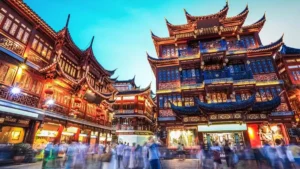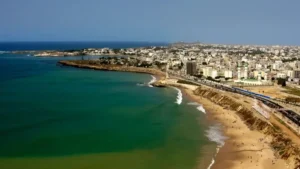Uttar Pradesh, the most populous state in India, had a population of 199,812,341 as recorded in the 2011 census. The state’s population is currently estimated to be around 240 million. Uttar Pradesh is also the state with the most districts in India, boasting a total of 75 districts divided into 18 divisions. Each district in Uttar Pradesh has its own unique identity and significance. One such notable district is Barabanki, which is often referred to as the “Gateway to Purvanchal.”
An Overview of Uttar Pradesh
Uttar Pradesh, the fourth largest state in India by area, covers 240,928 square kilometers, accounting for 7.33% of India’s total land area. It shares its borders with eight states and one union territory. The state is not only significant due to its large population but also because of its strategic location in North India.
Introduction to Purvanchal
Purvanchal is a region in the eastern part of Uttar Pradesh. It is bordered by Nepal to the north, Bihar to the east, the Awadh region to the west, and the Baghelkhand region of Madhya Pradesh to the south. Purvanchal is known for its cultural heritage, vibrant traditions, and historical significance.
The Gateway to Purvanchal
Barabanki district is recognized as the gateway to Purvanchal. This title is attributed to its strategic location and its role as a key entry point to the eastern regions of Uttar Pradesh. The district holds a unique position in connecting the Awadh region with Purvanchal, facilitating cultural and economic exchanges.
Historical and Cultural Importance of Barabanki
Barabanki is not just a geographical landmark but also a culturally significant district. It is also known as Deva Nagar, named after the famous Sufi saint Haji Waris Ali Shah, whose mausoleum, Deva Sharif, is located in the district. This mausoleum is a major pilgrimage site and is revered as Shanshah-e-Awadh (the King of Awadh).




 Which Fish is known as the King of India...
Which Fish is known as the King of India...
 What was the Old Name of China? Know the...
What was the Old Name of China? Know the...
 What is the Capital of Senegal? Know Abo...
What is the Capital of Senegal? Know Abo...







